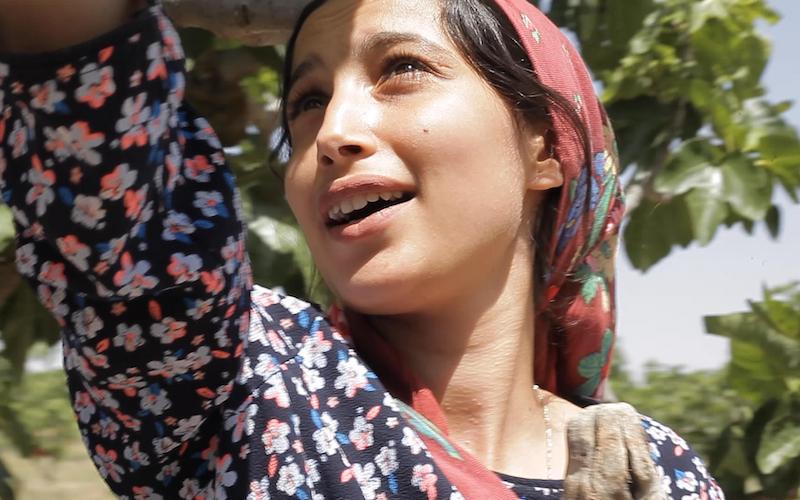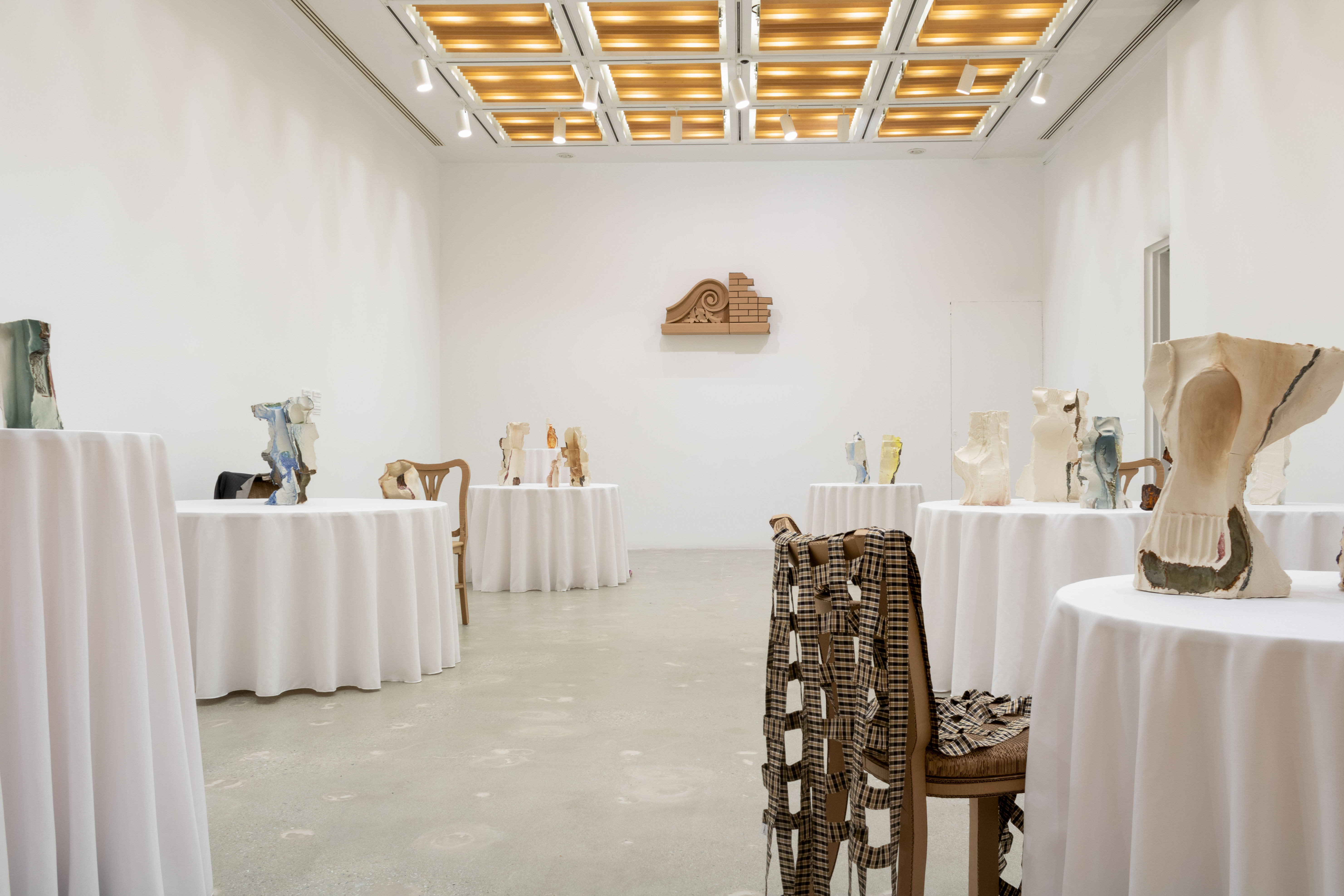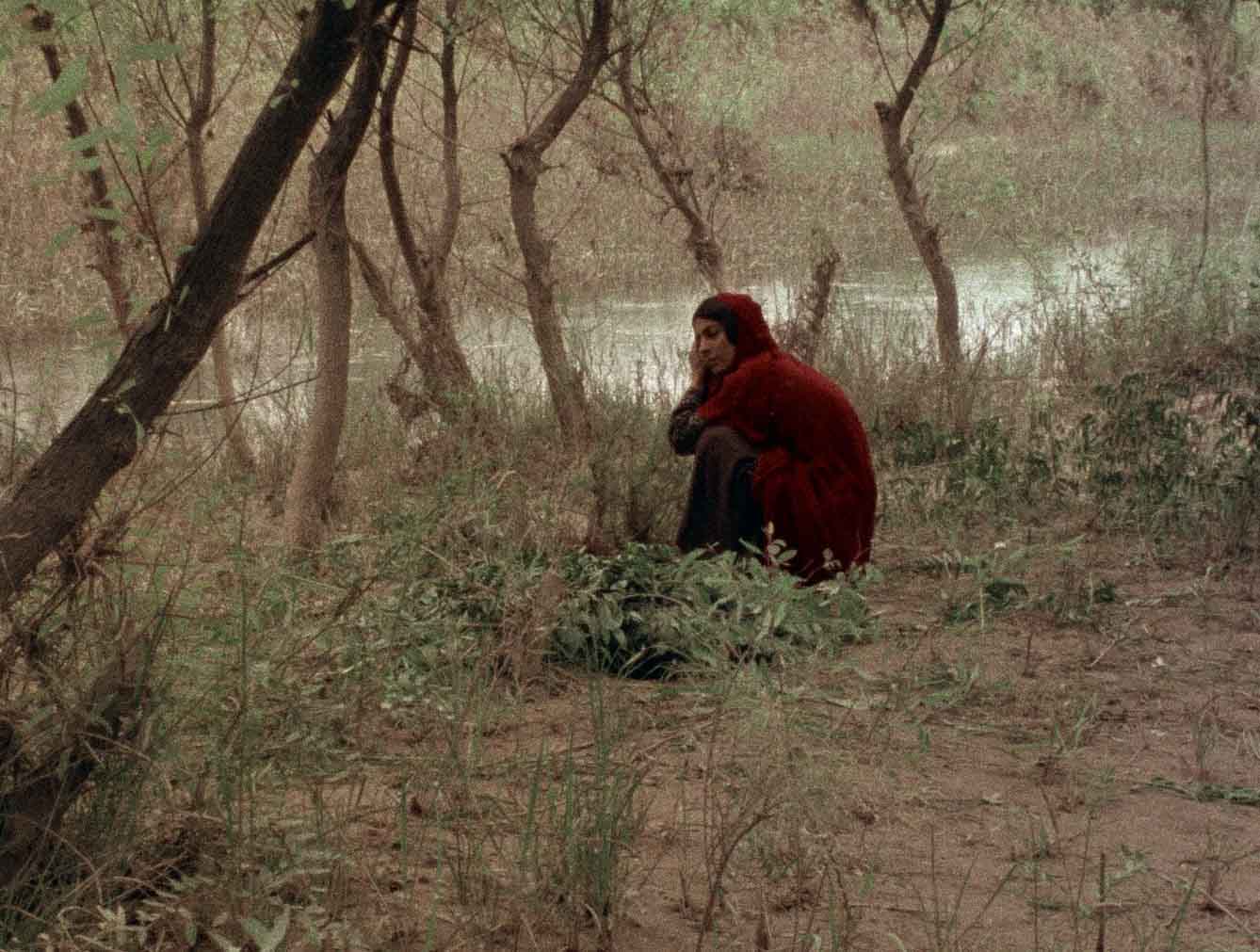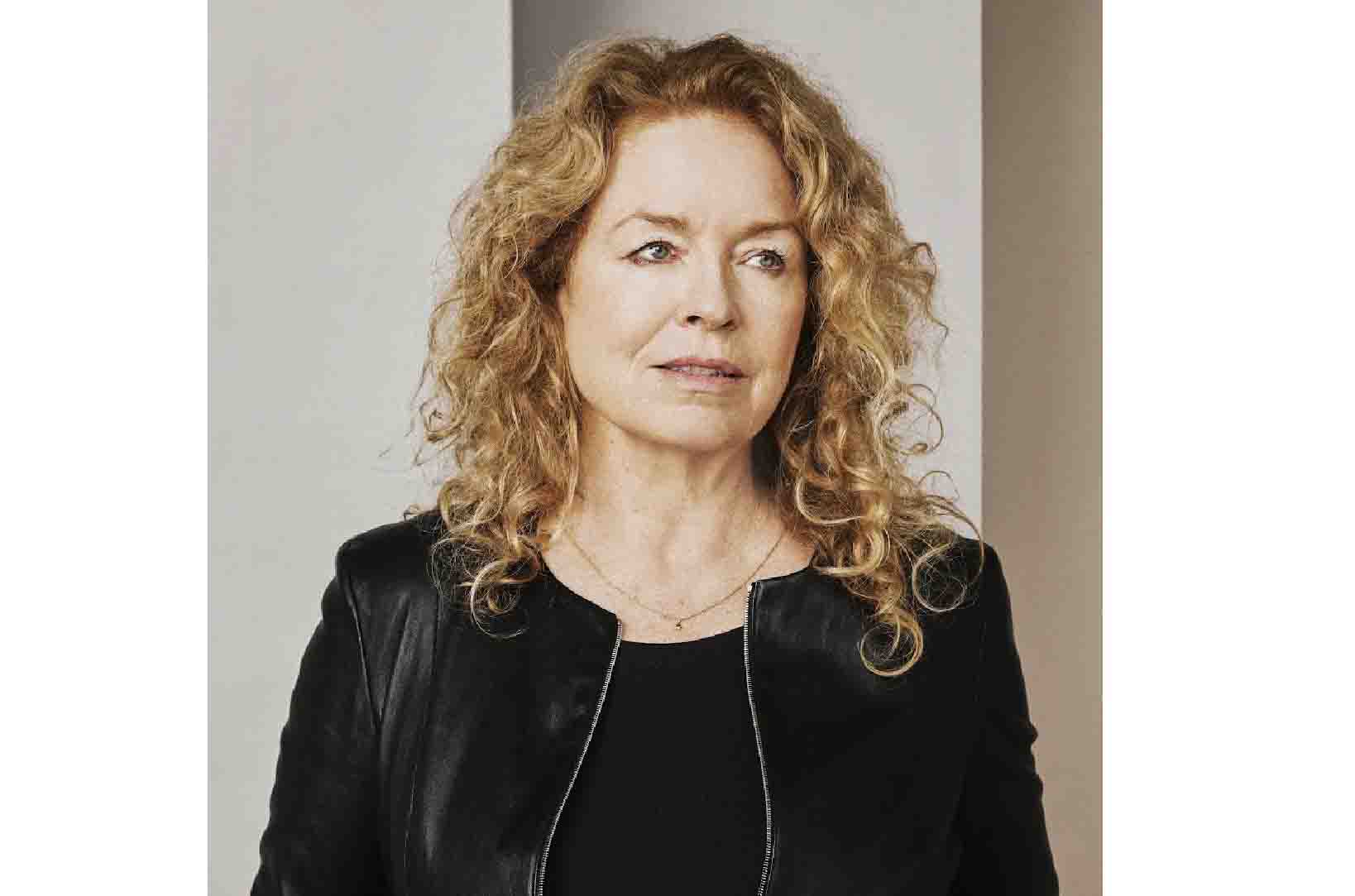Hammer Museum showcases UCLA alumnus David Lebrun’s filmography, presents live Q&A
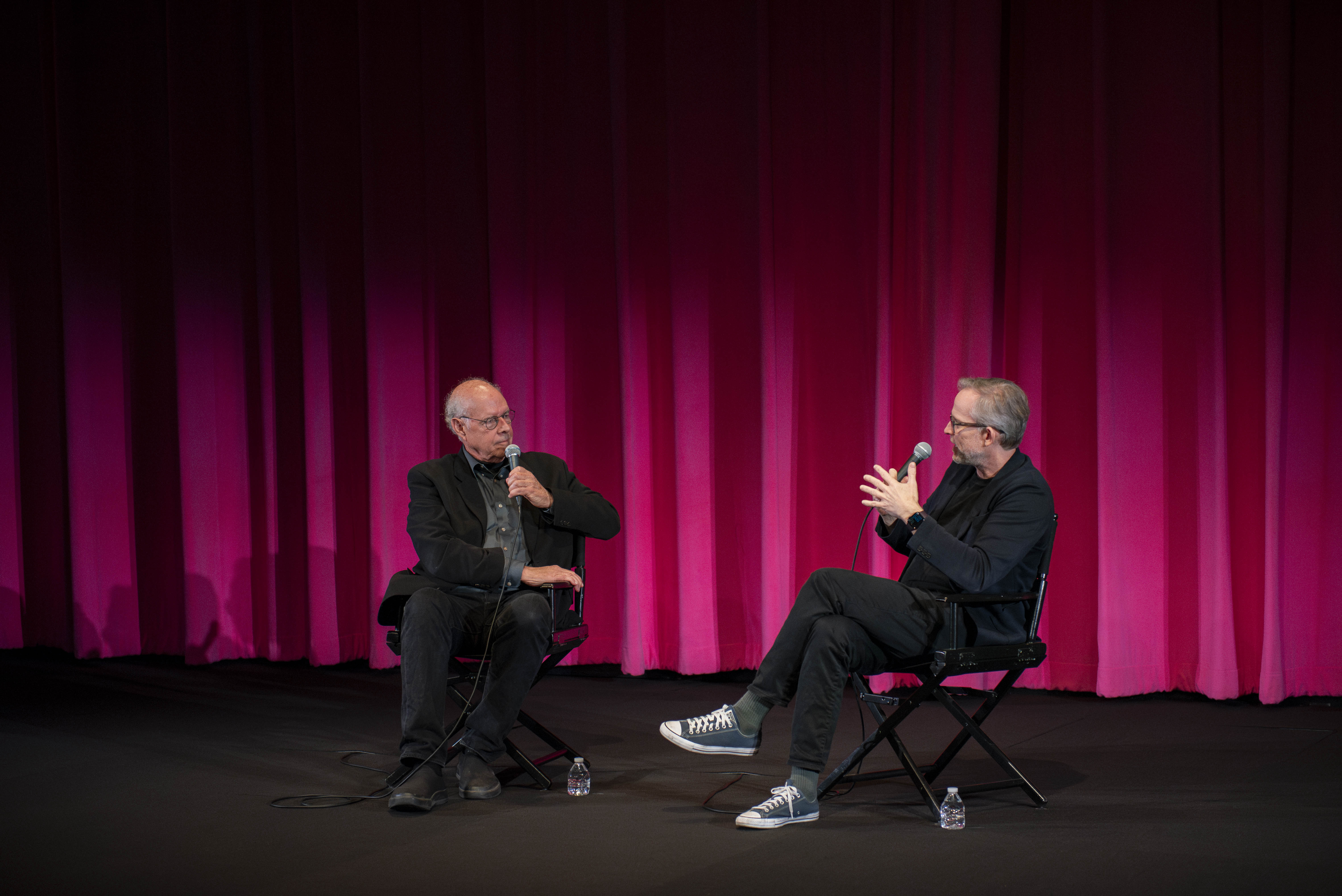
Pictured is the creator of “Proteus: A Nineteenth Century Vision,” David Lebrun (left) at his Q&A session hosted by the Hammer Museum on Sunday. Lebrun’s film screenings are part of the UCLA Film & Television Archive’s series “Transfigurations: A Weekend with David Lebrun. (Max Zhang/Daily Bruin)
By Warren Riley
Nov. 25, 2024 9:13 p.m.
This Sunday, Hammer Museum-goers dove deep into the filmography of UCLA alumnus, David Lebrun.
Twenty years after its premiere at the 2004 Sundance Film Festival, “Proteus: A Nineteenth Century Vision” returned to screens at the Hammer Museum’s Billy Wilder Theater featuring a live Q&A session with the film’s director, Lebrun. The film was one part of “Transfigurations: A Weekend with David Lebrun,” a series co-presented by the UCLA Film & Television Archive and the Los Angeles Filmforum. The documentary follows the life of the prominent 19th-century biologist and artist Ernst Haeckel, who was entranced by lifeforms that inhabited the deep sea known as radiolarians. During the post-screening Q&A, Lebrun discussed his approach to creating films like “Proteus,” which delve into complex topics that an audience might be engaging with for the first time.
“I just really am a firm believer in trying to give an audience as many tools as they can to understand something, rather than making them struggle,” Lebrun said. “I want to make films that are hopefully for as broad an audience as possible and figure out ways to provide those areas of meaning.”
[Related: From Tokyo to LA, alumnus Akiyo Fujimura bridges Japanese cinema and Hollywood]
By 3 p.m., the Billy Wilder Theater was replete with both admirers of Lebrun’s filmography as well as curious newcomers. There was a buzz of fervent excitement from the audience who came either to engage in Lebrun’s films or to learn more about Haeckel’s work as a scientist and artist.
The excitement carried over even after the film had concluded as guests stayed to participate in the Q&A led by Paul Malcolm, a film programmer at UCLA’s Film & Television Archive. Malcolm introduced the screening of Lebrun’s work, applauding the director for his contributions on over a hu different films throughout his career, while adding his thoughts on the importance of “Proteus: A Nineteenth Century Vision.”
“For me, what’s amazing about the ‘Proteus’ documentary is you have these grand narratives of science and religion and how we reconcile these two,” Malcolm said. “The montages … really put me as a viewer right in the middle of that conflict, because I’m trying to take the scientific knowledge that I’ve just learned about these creatures. … At the same time I’m processing just this amazing flow of imagery.”
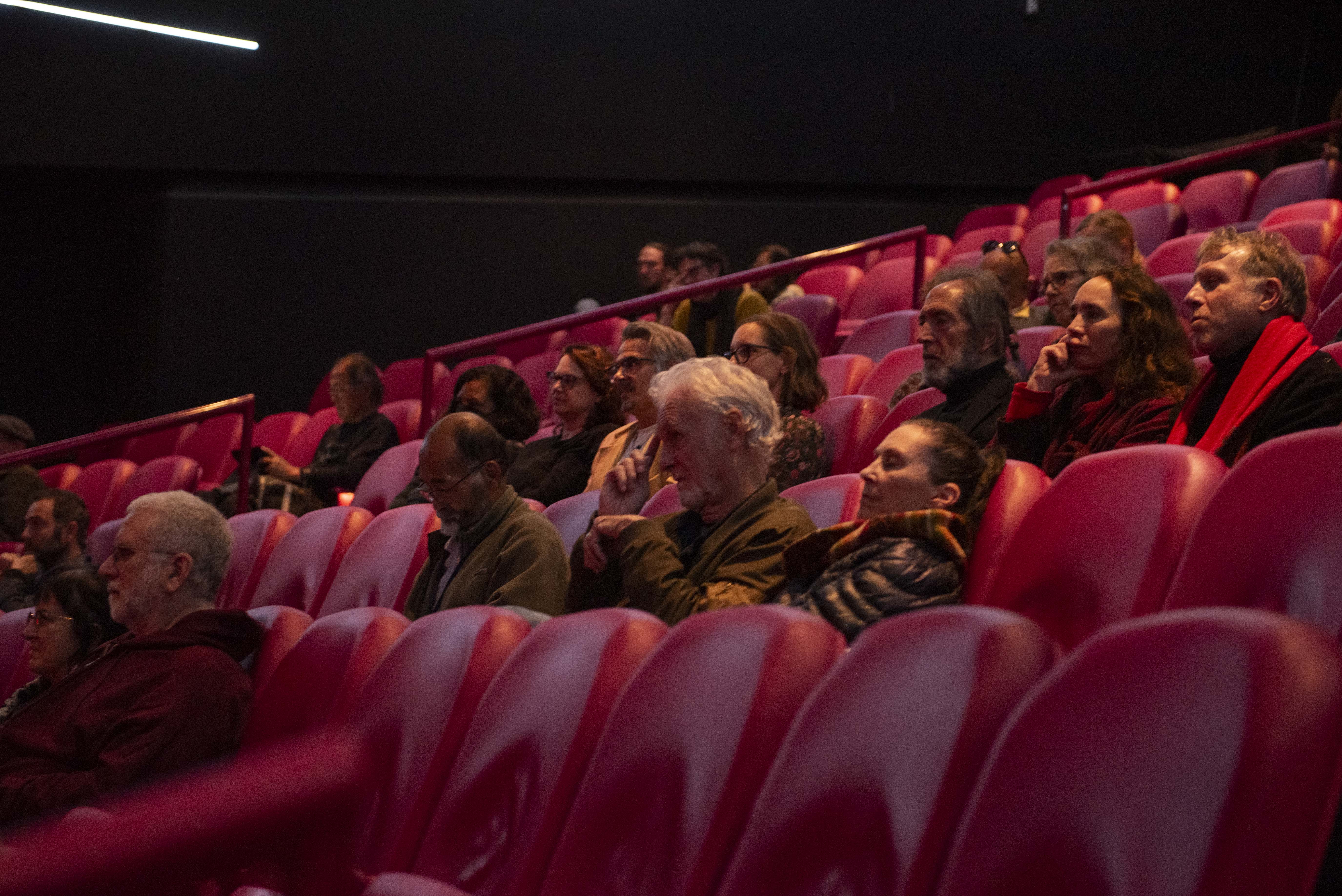
“Tanka,” Lebrun’s 1976 short film preceded the screening of “Proteus,” providing the audience with an introduction to the filmmaker’s unique style. During his discussion with Lebrun, Malcolm added that when this imagery is put to music – such as the score by composer Yuval Ron – the outcome is an engaging artistic experience. One which drew in the attendees of the screening, such as artist and UCLA alumnus, Sandeep Mukherjee, who said that he continues to be inspired by Lebrun’s filmography.
“(Lebrun’s films are) cinematically gorgeous,” Mukherjee said. “They’re so tight. They’re engaging. The pacing is fantastic. … The expansion and contraction of the way the music goes, the way the images move, … it feels like life. It feels pulsating.”
During the Q&A, Lebrun added that the film discusses Haeckel’s internal conflict between the world of the arts and the world of the sciences. Struggling to balance his work as a physician with his artistic interests, the biologist was able to find a marriage between these two seemingly disparate worlds in his study of radiolarians. This marriage was paralleled in the creation process of “Proteus,” Lebrun said, who found much artistic inspiration during his research process.
[Related: Two UCLA alumni showcase thesis films at LA children’s film festival event]
In reference to the clash of art and science, the director said that he was nervous to discuss this idea in the context of the 19th century, as he was not a historian. However, when working with the consultants and researchers for the film, he said he was encouraged to explore these concepts further.
“I found people who were experts,” added Lebrun. “And I said, ‘These things that I’m saying – you know, am I going out on a limb here?’ And the scientists all encouraged me to be bolder and go further. … They pushed me to be more radical. That was a wonderful experience.”
For anyone who missed out on this event and would like to attend another screening at the Hammer Museum, there are multiple coming up in the next few weeks. UCLA’s Film & Television Archive is presenting another series, “Three Homelands: A Sergei Parajanov Retrospective” which ends Dec. 18. Various films directed by Sergei Parajanov will be screened at the Billy Wilder Theater, such as “The Last Spring” and “Shadows of Forgotten Ancestors” on Dec. 7 and “The Flower on the Stone” on Dec. 15.


